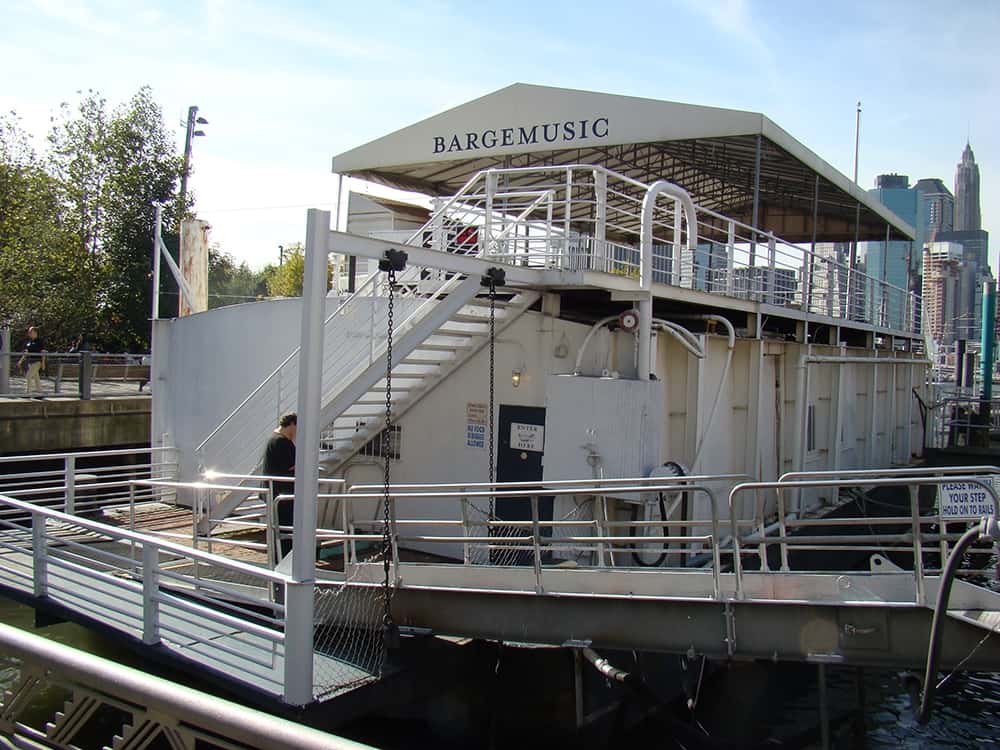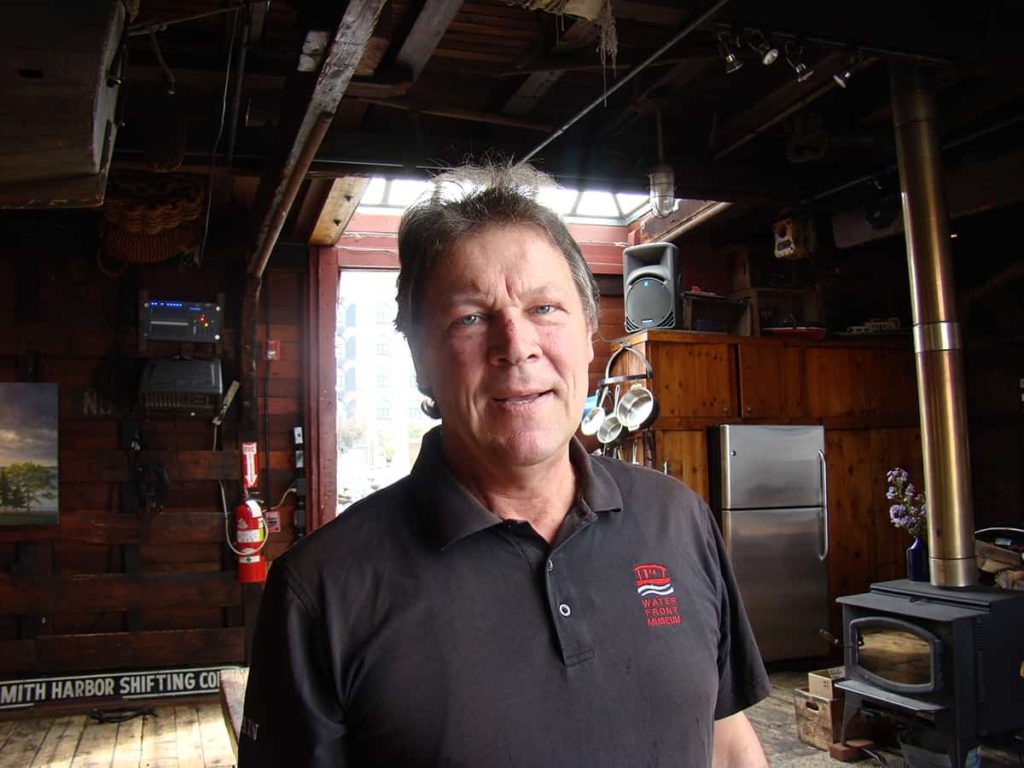
A relic of the past has ascribed a cultural significance in Brooklyn. The Waterfront Museum Barge in Red Hook and Bargemusic moored at Fulton Ferry Landing, have emerged as vessels to entertain and resurrect Brooklyn’s waterfront.
In the 19th and 20th century, Brooklyn’s waterfront was the hub of America’s commercial wealth and capitalism, as the area between Red Hook and DUMBO were lined with warehouses storing countless tons of merchandize to be transported to other parts of the country. Many mechanisms—like floating grain elevators, boats and industrial rail lines—materialized to move these goods along the waterfront.
Julie Golia, Director of Public History at the Brooklyn Historical Society, said barges became a significant mode of transportation during the era of the railways. They allowed the industrial rail in New Jersey to hook up with a floating mechanism to bring goods to various destinations along New York’s harbor. This lighterage era became obsolete in 1957 when containerization began. By the 1970s the shipping industry had moved away from Brooklyn to Newark, Port Elizabeth and Staten Island.
In part to rekindle interest in this era, David Sharps, owner of the Waterfront Museum Barge, operates his barge as a showboat and maritime museum.
The barge rafters still have markings in chalk showing calculations of bundles and bags of material transported more than a century ago.
On board is an old cannon and two navigational systems—including an ancient bell and gong system that allowed captains and engineers to communicate. Sharps hosts many different cultural events in the barge. These have included a showboat circus, a pirate show, and an opera.
A juggler by trade, Sharps moved to Paris in his early years to study theater. After coming back to the States he worked as a caretaker of various barges in New Jersey until he bought the Lehigh Valley Barge, No. 79.
At a South Street Seaport meeting in the 1980s that centered around ‘creating river lovers downstate,’ Sharps met Greg O’Connell, a Red Hook developer, who welcomed the idea of a showboat and museum on his port.
“I believe that any development space should have space for artists, as they are pioneers,” said O’Connell.
Since 1994, the barge has been docked off Conover Street in Red Hook.
“I have 1500 students that come through this barge in a year. I believe that maritime and theater mesh in a fun way just like land and water mesh with the railroad. Barges are a mecca for the railroad marine fan,” says Sharps, enthusiastically.
Olga’s barge
Bargemusic, anchored by the Brooklyn Bridge, has been a significant force in transforming Brooklyn’s waterfront into a tourist destination.
Founded by Olga Bloom, a concert violinist and Red Hook resident, Bargemusic will celebrate its 40th anniversary next year.
Bloom died in 2011, at the age of 92. Master violinist Mark Peskanov, a master violinist, now runs the venue, and shared some of its history as a unique location to hear chamber music.
“When Olga started to play her violin in the barge, people from the neighborhood would come to listen, and sit on the wooden seats with the fireplace lighted—in the days when the fire department laws were not strict!”
Peskanow, who came to this country as a refugee from Ukraine, was invited by Bloom to perform. At that time, he was busy touring but a shared passion for music bound them together.
“Bargemusic is like a love-glue that brought people from different walks of life. For instance, when I came to play here, I did it in-spite of it hurting my career, but others followed. Eventually we started attracting very high-level performers. Olga wanted Bargemusic to represent a high level of performance,” said Peskanow, proudly.
Today he presents 200 concerts a year in his swaying metal barge that is paneled with wood, and affords Manhattan skyline views from its large glass picture window. The intimate space allows for interactions between the audience and performers, both before and after the concert.
These barges have each found their use in Brooklyn as instruments of theater, maritime history, and chamber music. They have played a role in attracting people back to the waterfront. As Golia remarked: “A de-industrialized waterfront using the detritus or remnants of the past in a new way.”

Author
Discover more from Red Hook Star-Revue
Subscribe to get the latest posts sent to your email.









